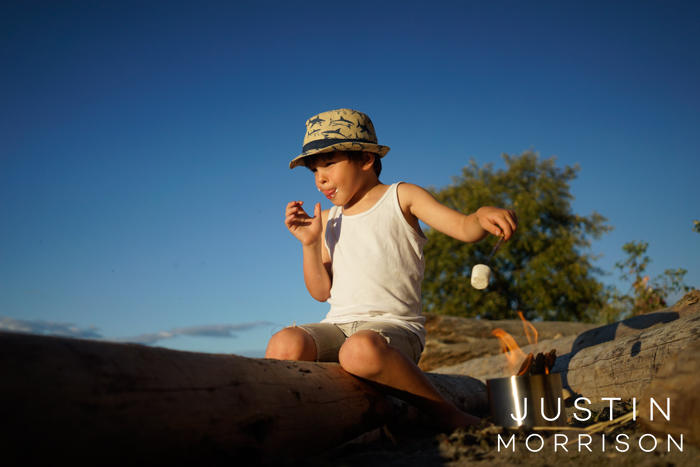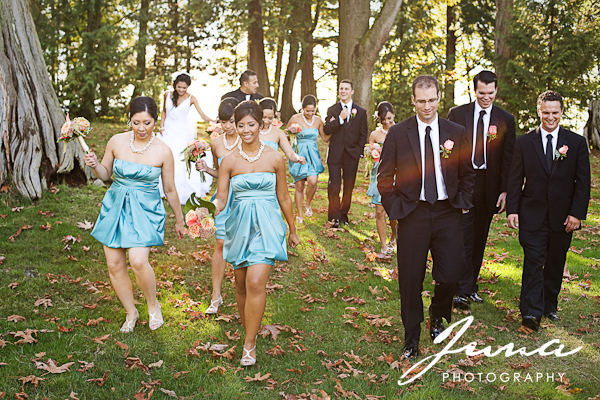 One of my all time favourite photographers is the late, great, Henri Cartier-Bresson. Many of his finest images were created on the street in everyday situations, and yet he was able to tell incredibly rich and compelling stories. The power of his work lies not just in the striking compositions, but also in the little details that make the images so captivating. Cartier-Bresson will forever be remembered for the phrase ‘the decisive moment’, which he always sought out, and often found. His mind, his eye, and his shutter finger were hard-wired to respond to those moments. He is the classic example of a film photographer forced to live with the limitations imposed by the roll of film, where every click of the shutter counts, and every click has a value, and every frame is a step closer to the end of the roll. Us digital photographers, with our 64 gigabyte memory cards, have lost the edge that that limitation imposed, and I truly believe we are all the poorer for it. The decisive moments still exist, but our instinct to respond to them has been dulled by the digital cushion.
One of my all time favourite photographers is the late, great, Henri Cartier-Bresson. Many of his finest images were created on the street in everyday situations, and yet he was able to tell incredibly rich and compelling stories. The power of his work lies not just in the striking compositions, but also in the little details that make the images so captivating. Cartier-Bresson will forever be remembered for the phrase ‘the decisive moment’, which he always sought out, and often found. His mind, his eye, and his shutter finger were hard-wired to respond to those moments. He is the classic example of a film photographer forced to live with the limitations imposed by the roll of film, where every click of the shutter counts, and every click has a value, and every frame is a step closer to the end of the roll. Us digital photographers, with our 64 gigabyte memory cards, have lost the edge that that limitation imposed, and I truly believe we are all the poorer for it. The decisive moments still exist, but our instinct to respond to them has been dulled by the digital cushion.
So how do we go about capturing our own decisive moments? Today I’m going to give you my perspective on the art of storytelling through photography, so that you can seek new perspectives in your photography.
People love to quote the old tagline ‘A picture speaks a thousand words’, but for me, most of those words come in the form of questions: ‘Where is that?’, ‘What time of year is it?’, ‘Who is that guy in the background, and what is he carrying?’. I think the photographs that engage us the most are those that pose the most questions, that cause you to furrow your brow, and even tilt your head a bit. (Why do we even do that??)
Narrative
Storytelling in photography is about more than taking a well-lit, well-composed picture. It’s about drawing the viewer in and rewarding them with a narrative, a line they can follow. Ultimately there’s a limit to how much information a single image can convey, and so the viewer will have to use their imagination to fill in some of the blanks, but that’s just the nature of the medium, and people who love photography enjoy that challenge.
 Wedding Photojournalism
Wedding Photojournalism
One of the most familiar modern examples of storytelling is wedding photography. The digital era liberated wedding photographers from the necessity to create rigidly posed images and allowed them to start working in a more candid and photojournalistic way. In my own work as a wedding photographer I’ve always tried to strike a balance between delivering semi-directed images (posed, basically) and more expressive documentary images. You can never guarantee that the candids will work out as you hoped so it’s really important to cover your bases. Almost invariably though, my clients will gravitate toward the great candid moments because the stories they tell are so compelling.
So much of the photography we see and create are ‘photographs of people having their photograph taken’. Storytelling is almost the opposite of that; the photographer should have almost no influence on the scene, but instead be a silent observer.
Ok, enough theory. Here are my top 6 tips for telling stories through photography.
1. Find your subject
The options here are limitless, and it could be anything from your cat’s fascination with curtains, to a friend who’s a motorbike enthusiast, to a family camping trip. Focus on something that you can apply a scope to, a period of time most likely. Think along the lines of ‘A Day In The Life Of..’ or ’Our Weekend In…’
2. Get comfortable with available light
It’s likely that you’ll only be working with available light, rather than camera flash or studio strobes, so learn how to read light conditions and how these play into the mood of your images. You can read more about lighting and photography in this post.
3. Find the unexpected details
Good photographers are good observers, they scan a scene like a sommelier tastes wine, looking for the thing that makes it unique and noteworthy. That can be a real challenge at times, and force you to draw on your reserves of patience in order to inch your way forward. But keep observing, and keep looking for an alternative angle or a viewpoint that might surprise the viewer.
4. Be ready
When you’re observing and kind of ‘watching in the back of your mind’ for that decisive moment, you also need to have your camera ready so that you can react to that moment. How often do we get caught nowadays trying to power up our cameras and choose our settings while something awesome is happening right in front of us. Good street photographers, for example, will have their aperture and shutter speed preselected based on the light conditions and then it’s just a matter of focusing and *click*, the shot is taken. It might mean keeping your camera powered on at all times, so make sure you start with a fully charged battery, and carry a spare if you can. DSLR battery lives are pretty good, and DSLRs usually have an optical viewfinder, which means you won’t need to wait for the screen to come to life.
5. Travel light
Although wedding photographers are known for slinging multiple cameras around their necks, you don’t need lots of equipment to be a good story teller. In most cases you just need a single camera and a single lens. A prime lens (no zoom) is a great option, something like a 35mm (or equivalent, depending on your sensor size).
6. Be persistent
Nothing worthwhile is ever achieved easily, and so it is with photography. Don’t be disheartened if you’re storytelling efforts don’t work out on day one; pick your best images and try to figure out how you could have made them better. I can’t emphasize enough how important good lighting is, but it’s also really difficult to master. So become a student of lighting, and be prepared for a lifetime of study!
Hopefully I’ve given you some useful insights today, but if you have any questions please feel free to leave a comment below.




Some really helpful tips
Comments are closed.